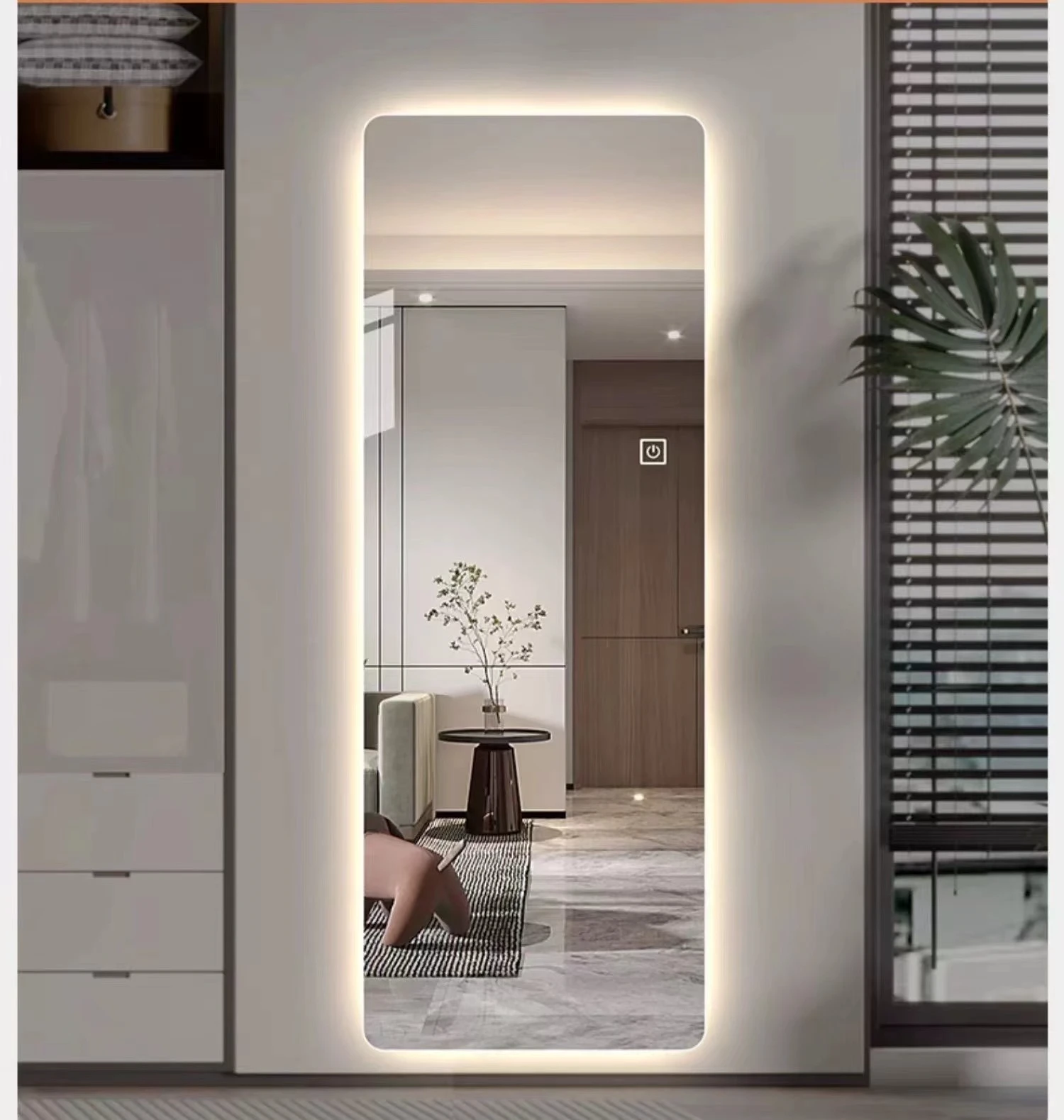

The Elegance of Ultra Transparent Glass A Modern Architectural Marvel
In the world of modern architecture and design, ultra transparent glass has emerged as a transformative material that redefines our interaction with space, light, and the environment. Unlike traditional glass, ultra transparent glass offers unparalleled clarity and luminosity, enabling designers and architects to create structures that seem to merge seamlessly with their surroundings. This innovation not only enhances aesthetic appeal but also provides numerous functional benefits that cater to the demands of contemporary living.
Ultra transparent glass is characterized by its remarkably high levels of light transmission and low distortion. This glass type is meticulously crafted through advanced manufacturing techniques that minimize impurities and internal reflections, resulting in a product that boasts up to 91% light transmission. As a result, buildings constructed with this glass can achieve a bright and airy ambiance, reducing the need for artificial lighting during the day and promoting energy efficiency.
One of the most significant advantages of ultra transparent glass is its ability to connect indoor spaces with the exterior environment. Large glass panels and facades create a seamless transition between the indoor and outdoor realms, allowing natural light to flood interiors while providing occupants with unobstructed views of the surrounding landscape. This feature not only enhances the overall aesthetic of a structure but also contributes to the well-being of its inhabitants by fostering a connection with nature.
Incorporating ultra transparent glass into architectural designs allows for innovative applications that push the boundaries of conventional construction
. Glass bridges, walkways, and balconies take advantage of this material's structural integrity and clarity, offering stunning vantage points that create a sense of weightlessness. Moreover, ultra transparent glass can be used in applications such as atriums, curtain walls, and skylights, where natural illumination is essential to the overall functionality of the space.
Safety and energy efficiency are paramount considerations in any architectural project. Ultra transparent glass can also be engineered to enhance thermal performance, utilizing low-emissivity coatings that optimize energy efficiency and mitigate heat transfer. This technology helps to maintain comfortable interior temperatures while reducing heating and cooling costs. Additionally, innovations in glass lamination and tempering make ultra transparent glass robust and safe, ensuring that it can withstand environmental pressures and impacts without compromising on clarity.
The aesthetic versatility of ultra transparent glass is another reason for its rising popularity. Its minimalist appeal complements a variety of architectural styles, from ultra-modern skyscrapers to elegant residential homes. The sleek, unobtrusive nature of this glass allows other design elements, such as textures, colors, and furnishings, to take center stage. This adaptability makes it a favorite choice for architects and designers seeking to create bespoke, forward-thinking spaces.
As the demand for sustainability grows, the use of ultra transparent glass is becoming increasingly relevant. Its ability to maximize natural light and reduce energy consumption aligns with the principles of sustainable architecture. Furthermore, many manufacturers are committed to eco-friendly practices, producing glass that is recyclable and has a lower environmental footprint.
In conclusion, the emergence of ultra transparent glass as a prominent building material reflects a broader trend in architecture toward transparency, lightness, and sustainability. This innovative glass not only captivates with its beauty and clarity but also offers practical benefits that enhance our living and working environments. As architects and designers continue to explore the possibilities of ultra transparent glass, we can expect to see an exciting evolution in how spaces are conceived and experienced, paving the way for a brighter, more connected future.